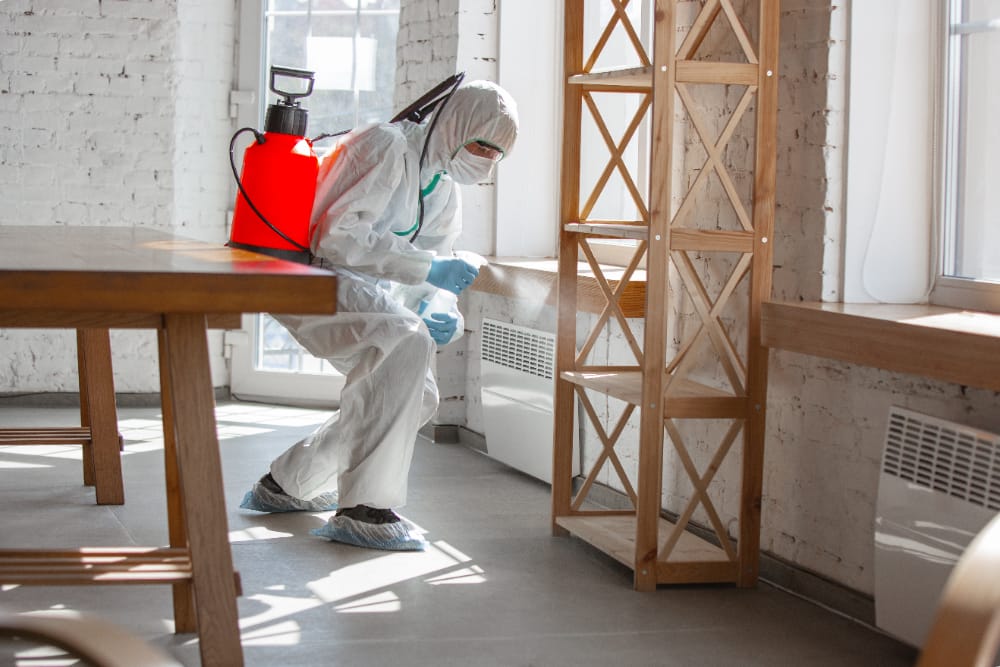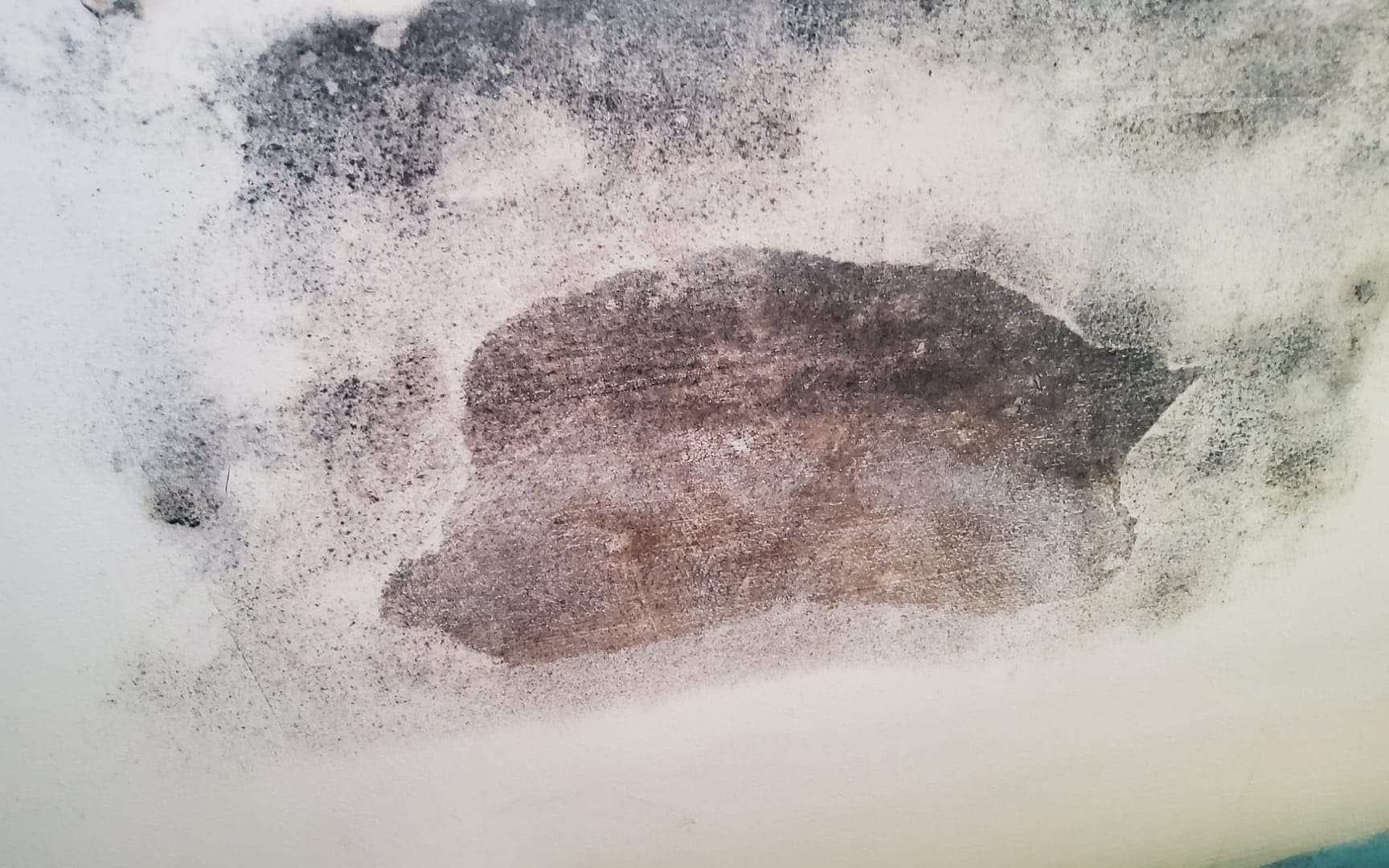Introduction
Discovering pests or mould in your home can be a nightmare. Not only do these issues pose health risks, but they also indicate that your property may not be maintained to the required legal standards. If you’re a tenant, you may be entitled to housing disrepair compensation for the discomfort and health hazards caused by these problems. Here’s how to spot the warning signs and what you can do about them.
1. Unusual Droppings or Stains
Pests such as rats, mice, and cockroaches often leave droppings around food storage areas, baseboards, or hidden corners. Similarly, mould growth can leave dark, damp patches or discoloration on walls and ceilings.
Claim Angle: Failure to address pest infestations or damp that leads to mould can make landlords liable for tenant claims.
2. Unpleasant Odors
A persistent musty smell often points to mould growth, while a foul, ammonia-like odor could signal a rodent infestation.
Claim Angle: Neglected maintenance that causes damp conditions or leaks is actionable under housing disrepair claims.
3. Visible Mould Growth
Black, green, or white mould spots, especially in corners, on ceilings, or around windows, are signs of a moisture problem that needs immediate attention.
Claim Angle: Landlords must fix structural issues like leaks or inadequate ventilation that cause mould.
5. Damage to Furniture or Belongings
Chewed wires, gnawed furniture, or holes in food packaging often indicate rodents. Mould, meanwhile, can ruin clothing, upholstery, and wood surfaces.
Claim Angle: Tenants can seek compensation for damaged personal belongings caused by neglect.
6. Excessive Humidity or Condensation
Dampness on walls, floors, or windows creates the perfect breeding ground for mould and attracts pests like mites or silverfish.
Claim Angle: Landlords are required to resolve damp issues promptly under UK housing laws.
7. Damaged Property Exteriors
Cracks, holes, or gaps in walls, floors, or roofing provide easy entry points for pests. These structural defects can also let in water, causing damp and mould.
Claim Angle: Visible disrepair that invites pests or damp is typically the landlord’s responsibility to repair
How Housing Disrepair Claims Work
As a tenant in the UK, you have the right to live in a safe, habitable home. If your landlord fails to address issues like pest infestations, damp, or mould despite being notified, you may be eligible to file a housing disrepair claim.
Compensation can cover:
- Health impacts and medical expenses
- Damage to personal belongings
- Distress and inconvenience
Final Thoughts
If you’re experiencing any of these signs, act quickly. Notify your landlord in writing, and document the problem with photos and records. If the issue persists, consult a solicitor or housing disrepair specialist to explore your compensation options.
Your home should be a safe haven, not a health hazard!
Start your claim today
At National Claims, we understand that experiencing housing disrepair can be a traumatic and life-changing event. We believe everyone deserves access to justice, regardless of financial means. Our no win, no fee policy means no upfront legal fees. Our fees are only due if your claim is successful, allowing you to focus on your recovery.
*Customers pay up to 25% (incl. VAT) of the amount recovered towards solicitor costs and if you cancel outside your cooling off period, you may be charged a fee.
Contact us today to speak to one of our claims agents who will be able to help you get started on your claim. Click below to see why we are one of the most trusted claims management companies in the UK.





